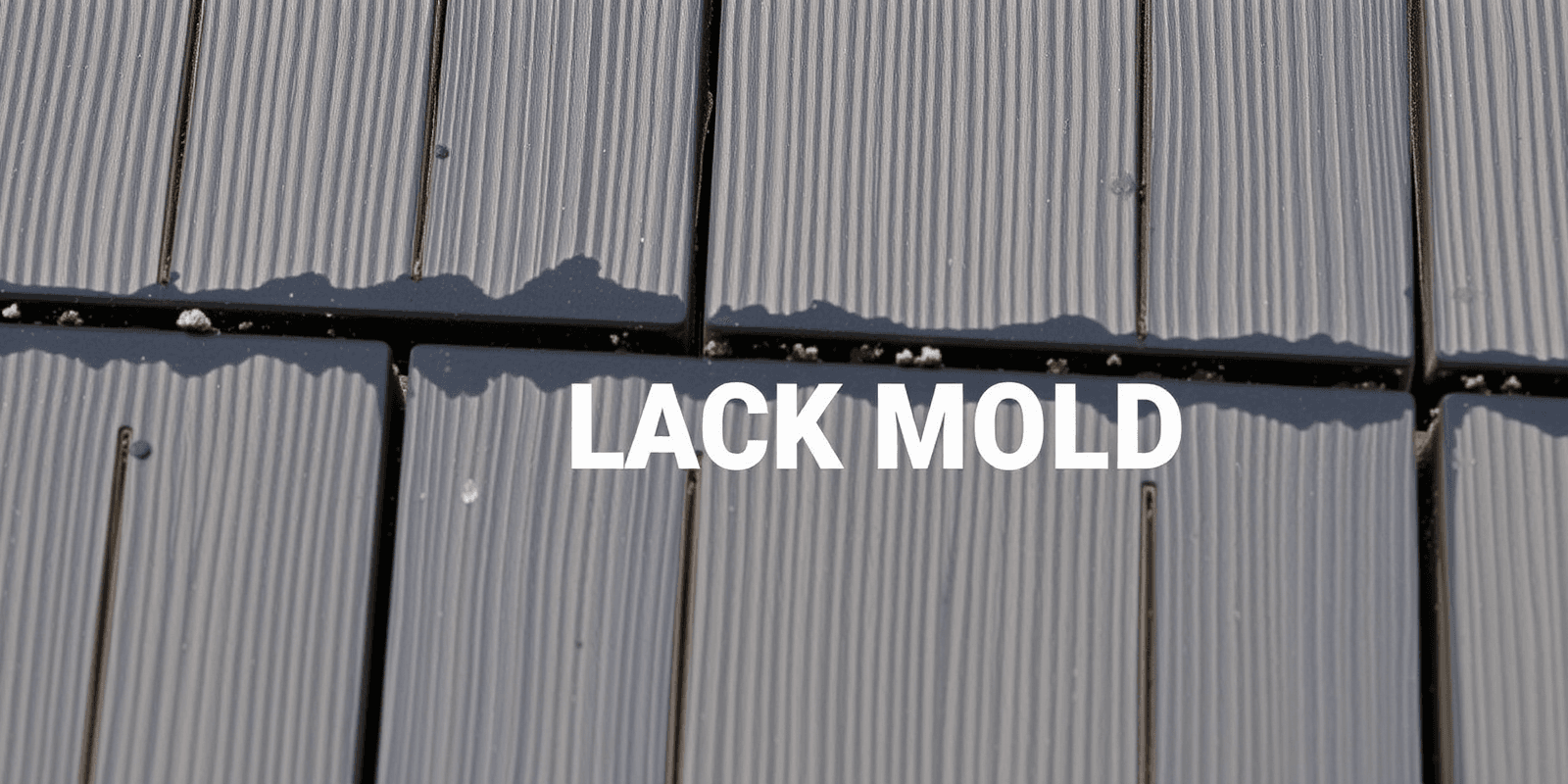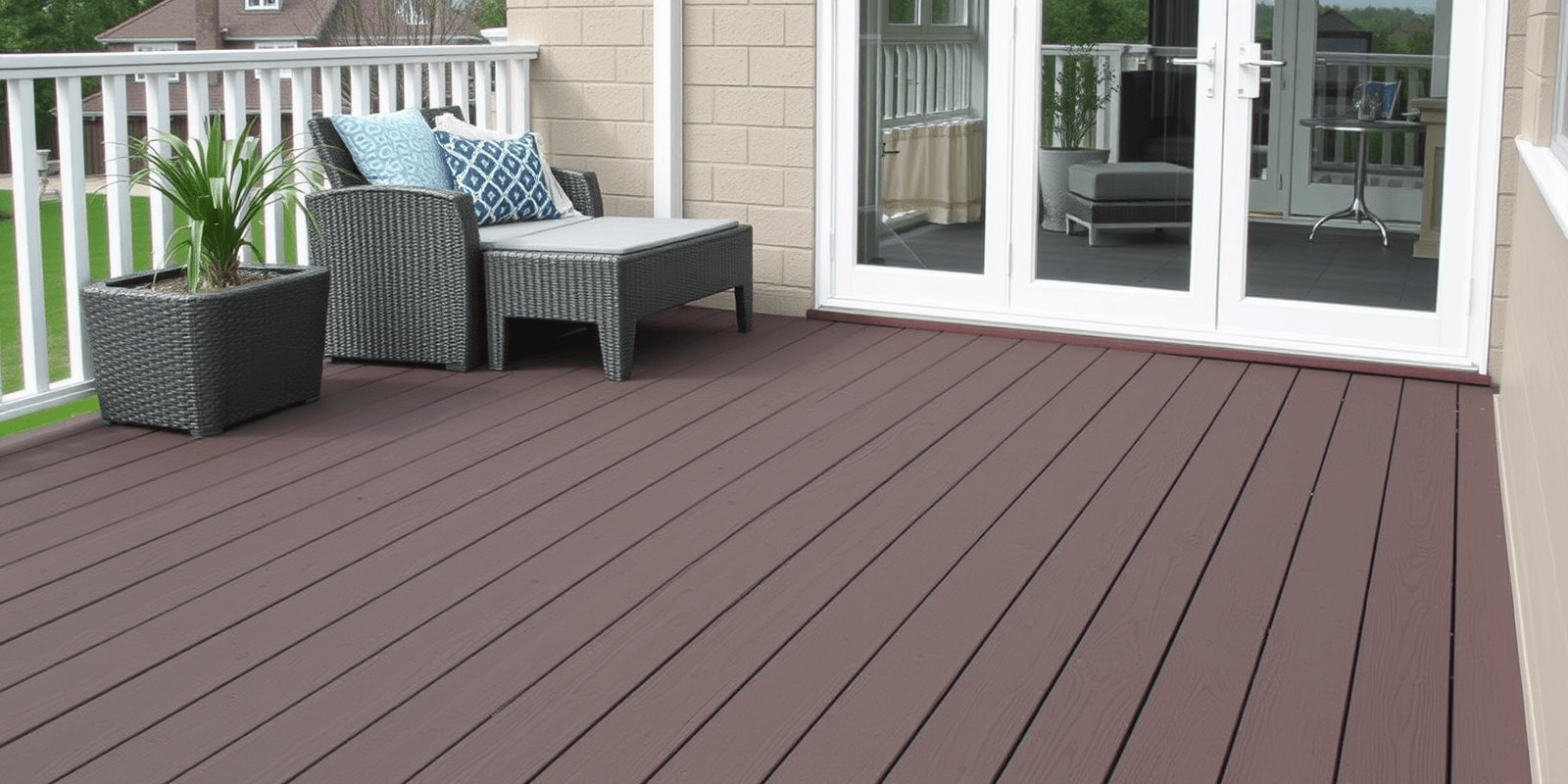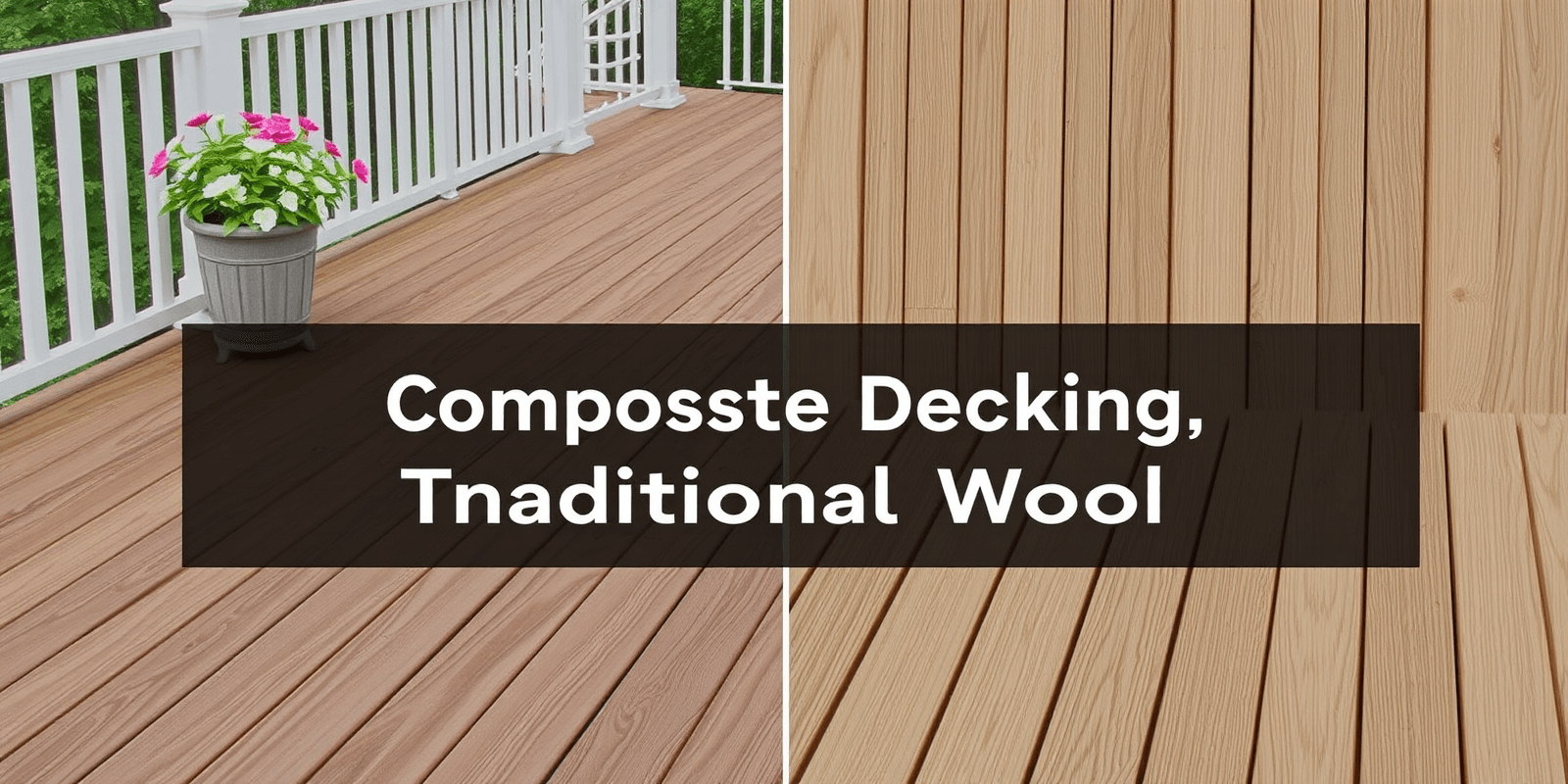“`html
Will Composite Decking Get Black Mold?
In recent years, composite decking has become a popular choice for homeowners due to its durability and low-maintenance requirements. However, one concern that often arises is whether composite decking can develop black mold. Understanding the composition of composite decking materials and their susceptibility to black mold is crucial for maintaining your deck’s appearance and longevity.
Composition of Composite Decking Materials
Composite decking is typically made from a mixture of wood fibers (or sawdust) and plastic (usually high-density polyethylene or polypropylene). The wood fibers provide structural integrity, while the plastic component offers resistance to moisture, rot, and insects. Some manufacturers also add UV inhibitors, colorants, and other additives to enhance performance and aesthetics.
Susceptibility to Black Mold
While composite decking is generally more resistant to mold than traditional wood decking, it is not entirely immune to mold growth. Black mold, in particular, can be problematic. Unlike wood, which provides nutrients for mold spores to thrive, composite decking does not offer the same level of organic material. However, if the composite material becomes dirty or retains moisture, it can still harbor mold spores.
Preventative Measures
To prevent black mold on composite decking, regular cleaning and maintenance are essential. Here are some effective strategies:
- Cleaning: Regularly clean your composite decking with a solution of mild detergent and water. Avoid using abrasive cleaners or tools that can damage the surface.
- Drying: Ensure the deck dries completely after rain or cleaning to minimize moisture retention.
- Maintenance: Inspect your deck periodically for any signs of wear or damage and address them promptly.
The Impact of Environmental Factors
Environmental factors such as humidity and shade play a significant role in the development of black mold. High humidity levels create an ideal environment for mold growth, while shaded areas retain moisture longer, making them more susceptible to mold formation. To mitigate these effects, consider installing proper drainage systems and ensuring adequate sunlight exposure by trimming nearby trees or shrubs.
Conclusion
Although composite decking is less prone to black mold compared to traditional wood decking, it is still important to take preventative measures to maintain its appearance and longevity. Regular cleaning, proper drying, and addressing environmental factors can significantly reduce the risk of mold growth. By following these guidelines, you can enjoy a beautiful and long-lasting composite deck for years to come.
References
For further reading on composite decking and mold prevention, check out these resources:
Deck Today,
Family Handyman.
“`



